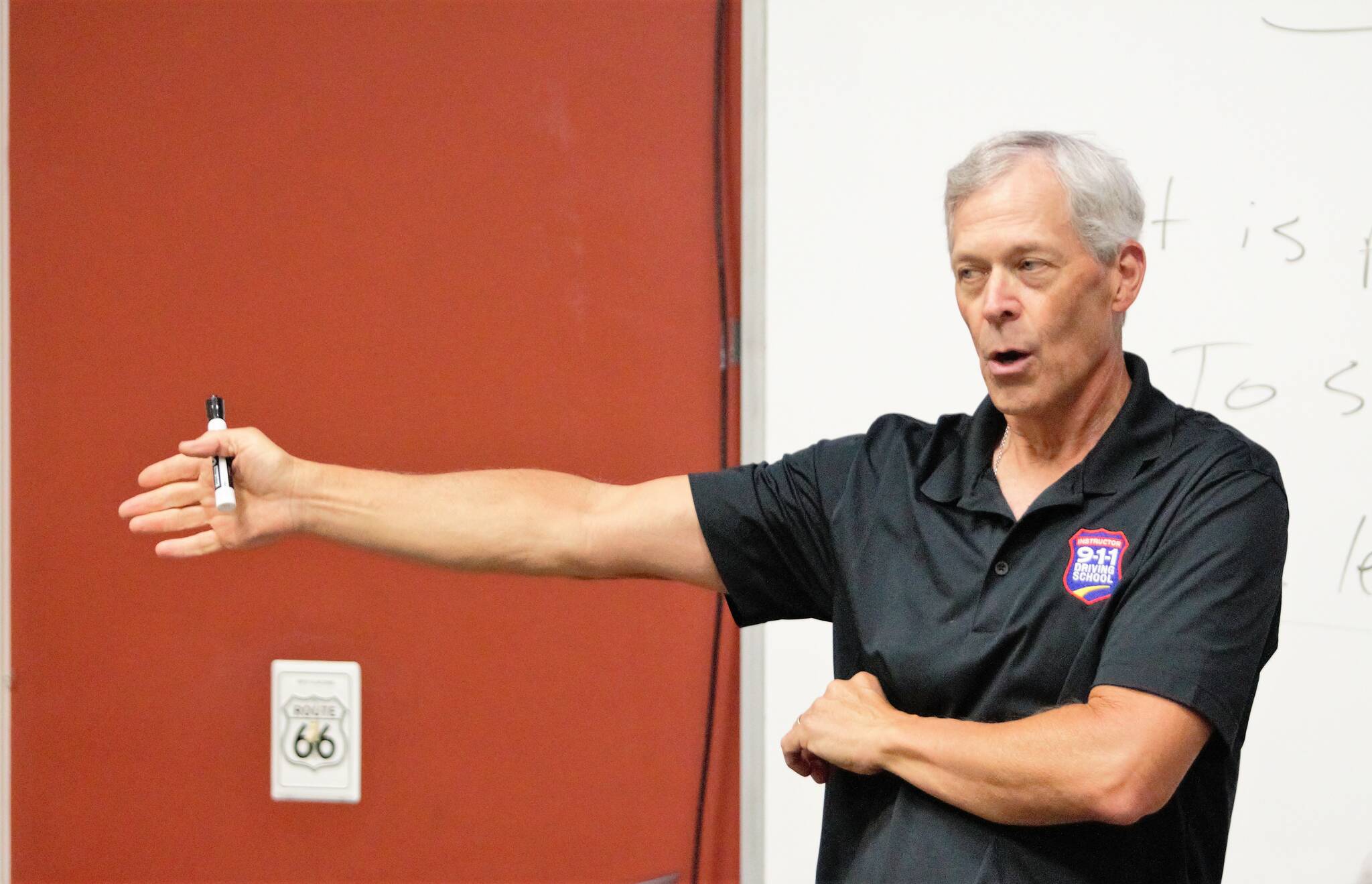Two men exited their vehicles July 24 looking to settle a road rage incident. One wielded a baseball bat, the other a firearm.
Now the suspected murderer of 68-year-old Patrick Weems could be facing a lengthy time behind bars.
The dangerous cycle of road rage is far more widespread than you may think. Various studies show that the fault often lies with our own driving habits.
Data from the American Automobile Association estimates close to 80% of drivers have expressed some form of measurable anger or aggression while operating a vehicle in the previous month.
Additional numbers suggest that the violence has only gotten worse as Everytown Research & Policy, using the Gun Violence Archives database, determined a road rage incident in which someone was killed or injured occurred every 16 hours nationwide in 2022. Two road rage incidents involving guns have taken place in Kitsap in the past month, the aforementioned murder case and an Aug. 11 incident in which a 55-year-old South Kitsap man allegedly drew a handgun on another driver.
The alarming incidents are motivating driver education centers like the 911 Driving School to aim at putting driver aggression in park, encouraging a safe and defensive driving environment. “We definitely talk about it,” 911’s Jeff Westover said. “We talk to kids about road rage, how to deal with it, and we present a slide on that. We’re trying to teach kids that they’re responsible for their actions on the road.”
He said drivers often forget the moment when they first stepped into a vehicle—the freedom behind such a milestone. They also forget obtaining what he called a newfound sense of entitlement and pride behind their driving, whether it be overconfidence or the gratification of driving at one’s own pace or skill.
Such pride then collides against the problems felt by Kitsap drivers almost daily: constant traffic backups, the need to give up some road space for zipper merging, tailgating, being cut off and distracted drivers to name a few.
Those are inevitable obstacles drivers are going to face, 911 general manager Therin Smith said. So in the shared interest of arriving at our separate destinations safely, he reminds students that driving is not a self-centered activity, but a social one. “I tell my students all the time that you’re going to come into contact, interact with people that you don’t know, but know that driving is a social task. When you share the road with others that you don’t know who they are, you have to be aware of your own actions,” he said.
Westover added that it’s up to drivers to behave as they should inside and outside their vehicles—not just for their sake, but the sake of others. “It’s always difficult to say what will set someone off, let alone just how aggressive that person is willing to be.”
So as people take steps to behave properly in other social interactions, so should they take steps prior to getting behind the wheel. Making sure you’re of sound mind, that is calm, is crucial. There is no shame in asking for rides from others if you are not. For an environment like Kitsap, experts also advise drivers to leave at an earlier time to account for traffic or unexpected delays.
On the road, drivers should do their best to obey the laws of the road and maintain a safe distance between themselves and others. “We need to have people who are more considerate and courteous of other drivers,” Smith said, citing techniques like the zipper merge as valuable skills to know. “I think that’s one of the things the community needs to work on.”
Drivers should also know how to deal with drivers that will make it their goal to road rage.
Westover warns against engaging with any driver who appears to be angry or is looking to instigate a conflict. “It’s not worth the stress; it’s not worth running someone off the road. Just call 911, slow down and move over,” he said.
This “do not engage” model of teaching is found in some of Kitsap’s other driving schools. David Hudson, an instructor with Defensive Driving School in Poulsbo, put it bluntly by calling an interaction with a road raging driver a bad idea.
Furthermore, he added the importance of letting police do the job they need to do, an important aspect of involving police officers with the actual driving instruction process. “This (in the classroom) is likely their first exposure to law enforcement. We want it to remain as respectable a relationship as possible both on and off the road.”
While trends suggest road rage won’t cease to exist anytime soon, these driving instructors are hopeful that the youngest of drivers are the key to a safer trip in the near future.



